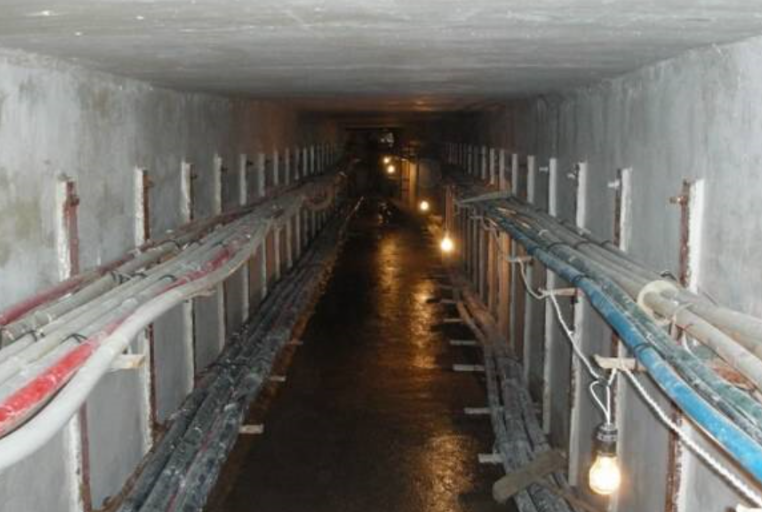What should I pay attention to when laying directly? Under what circumstances is it used? For direct buried laying, it is necessary to consider whether the cable is easily damaged by external impact.
If it will not be subjected to a large impact, direct laying is possible. If it may be subjected to some relatively large impacts, but the strength can be controlled within a certain range, direct burial of armor can be considered. If the external force is larger, a protective casing needs to be used, which can be set locally (such as through the road).

Advantages and Disadvantages of Direct Burial of Cables
Advantages: easy to lay, save materials and labor.
Disadvantages: maintenance is inconvenient. If maintenance is required, the covering soil needs to be excavated. It is only recommended for use in places where maintenance is not considered or can be accepted. When buried directly, it is generally necessary to pad with yellow sand.
Cable wells may not be provided for cables with 6 or less cables, and there are many wells for cables, which is convenient for replacement and addition of cables. There is no need to set up a cable well when the municipal 10KV cable enters the factory area, it can be directly buried from the terminal rod to the high-voltage power distribution cabinet.
The unit builds a new factory building, and the construction transformer and high-voltage lines are far from the construction center. Since it is a steel structure factory building, overhead lines cannot be used to avoid conflicts with the steel structure installation. This low-voltage cable is directly buried.
About Laying Pipes
Compared with direct burial, cable laying through pipes is more convenient for later maintenance and additional lines. For cables laid through pipes, some spare pipes can be considered to prepare for future line maintenance and capacity expansion.
When laying through pipes, it is necessary to consider setting up cable wells when the turning angle of the line is large or the distance of the straight section is long. When the number of cables is small and the wire diameter is small, the cable hand well can be used. In the case of more cables and larger diameters, it is necessary to consider setting up cable manholes. The cable well can be done according to the Atlas practice. In addition to the atlas method, many small passage wells can also be directly bricked or poured with concrete. At this time, it is necessary to consider setting water seepage holes at the bottom.
Pipe laying is mainly used in areas with many lines and concentrated routes. Relatively speaking, it is more convenient to lay down pipes and save materials.
If there is an external line in a factory area, there are more than a dozen low-voltage and strong-current cables, and there are also weak-current (TV, telephone, network) cables, and there are more than 8 strong-current cables. Try not to line up together, and try to set the strong and weak electric tubes on both sides of the road when doing municipal work.
About Laying the Cable Trench
Attention should be paid to the laying of cable trenches. Cables of different voltage levels should be arranged in different brackets, and drainage measures should be taken into account in the cable trench itself. And consider measures to prevent small animals such as mice from entering.
In addition, it mainly depends on factors such as engineering conditions, environmental characteristics, and the number of cable types, as well as the selection to meet the requirements of reliable operation, easy maintenance, and technical and economical rationality. It is uncertain whether there are mandatory index requirements.
The depth of the cable trench is determined according to the number of cables and the number of cable types. For example, there are control cables, low-voltage power cables, and high-voltage power cables. Generally, three layers are set up, and the spacing between each layer is generally 250~300. This determines the height.
